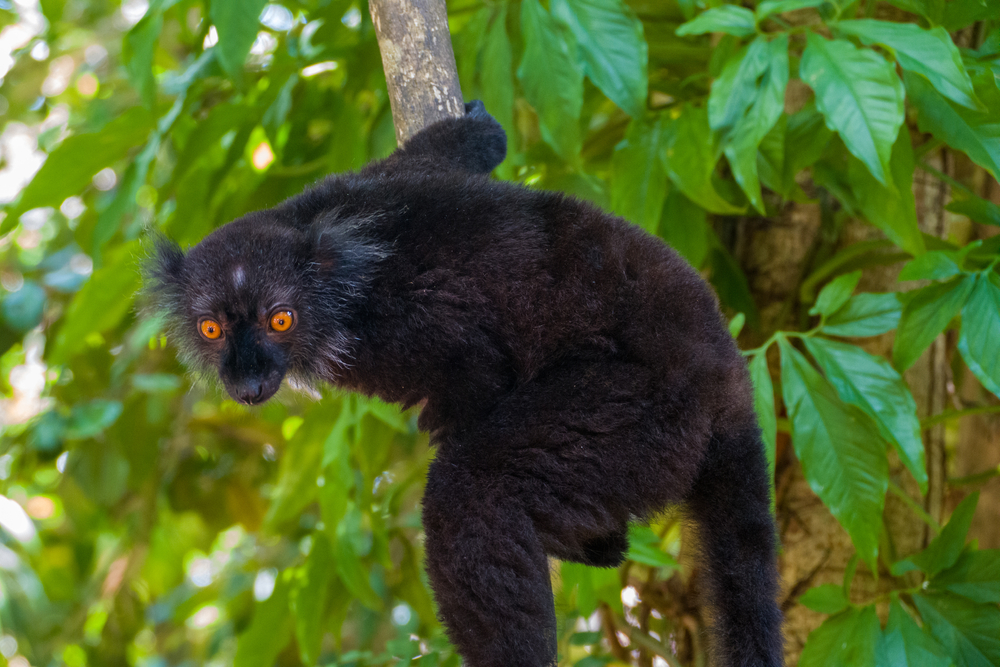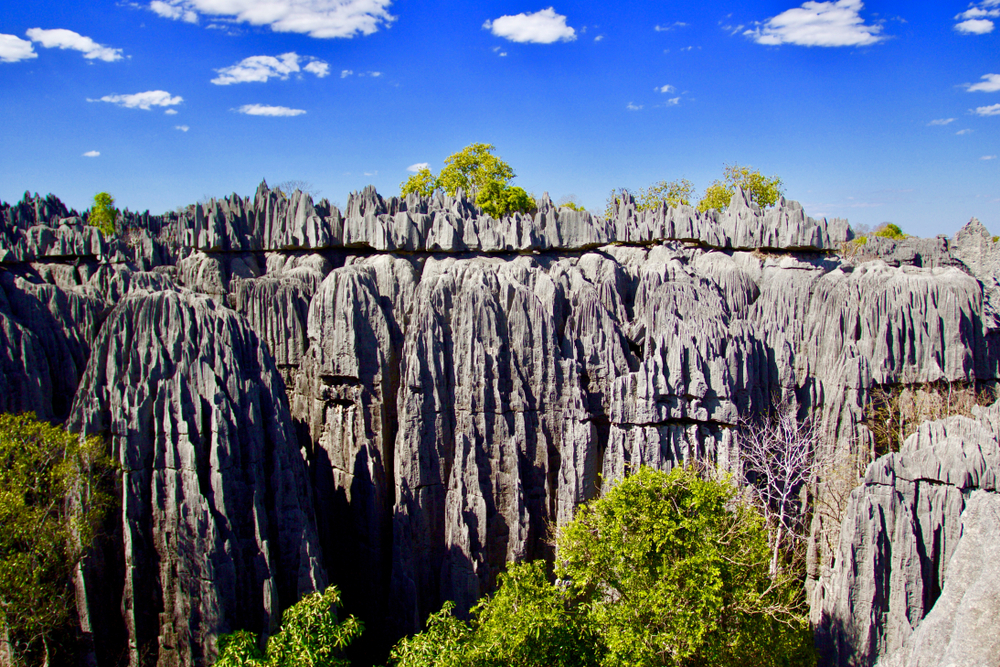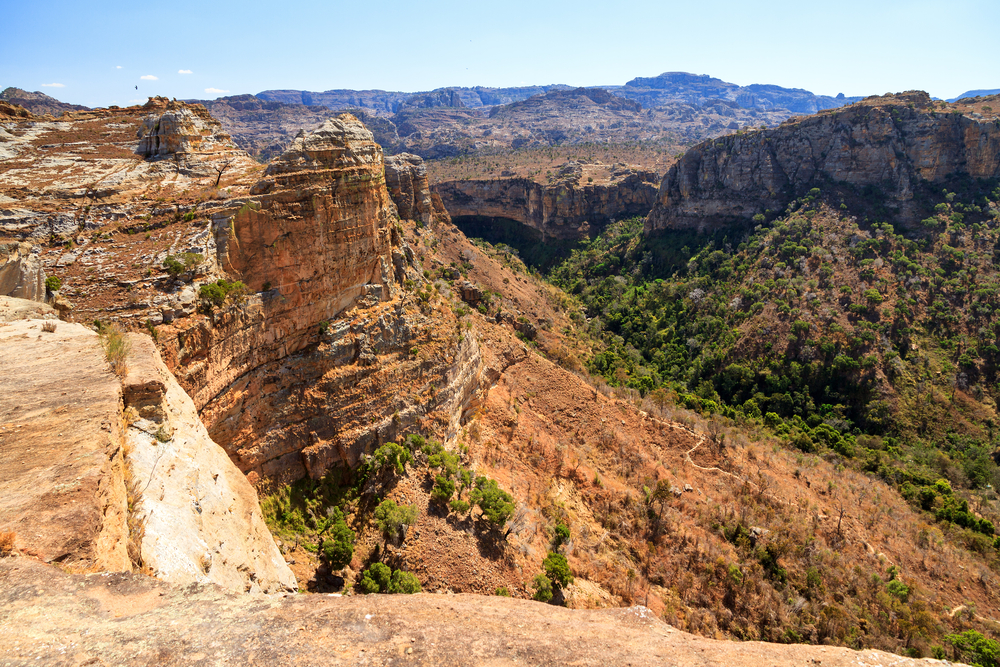Zahamena Overview
Zahamena National Park, locally known as “Parc National de Zahamena,” is a UNESCO World Heritage Site located in eastern Madagascar. Spanning approximately 642 square kilometers (248 square miles), the park is part of the island’s rainforest belt and is celebrated for its incredible biodiversity and dense, untouched forests. Established as a strict nature reserve in 1927 and designated a national park in 1997, Zahamena is one of Madagascar’s most ecologically important protected areas, showcasing the unique wildlife and ecosystems that make the country a global biodiversity hotspot.
The terrain of Zahamena National Park is characterized by steep hills, deep valleys, and a network of rivers and waterfalls. The park’s lush rainforest canopy, with towering hardwood trees like rosewood and ebony, creates a dense, shaded environment that supports a wide variety of plant and animal life. Beneath the canopy, the understory is rich with ferns, mosses, orchids, and bamboo, while the rivers and wetlands provide critical habitats for aquatic species. The park’s pristine landscapes are a testament to Madagascar’s unparalleled natural beauty.
Zahamena is home to an extraordinary array of wildlife, much of which is endemic to Madagascar. Among its most notable inhabitants are 13 species of lemurs, including the endangered indri, diademed sifaka, and black-and-white ruffed lemur. The park is also a paradise for bird enthusiasts, with over 100 species recorded, such as the Madagascar serpent eagle, velvet asity, and pitta-like ground roller. Reptiles and amphibians thrive in the park’s humid environment, with colorful chameleons, frogs, and geckos adding to its ecological richness. The flora is equally diverse, featuring a variety of medicinal plants and endemic trees.
Visitors to Zahamena National Park can explore its wonders through guided treks that range from short walks to multi-day hikes. The park’s trails lead through dense forests, alongside rivers, and to breathtaking waterfalls, offering opportunities to observe wildlife and experience the tranquil beauty of the rainforest. Birdwatching is particularly rewarding, with several endemic species to discover. Cultural exchanges with local Betsimisaraka communities provide insights into their traditional ways of life and their sustainable use of forest resources.
Despite its ecological significance, Zahamena faces challenges such as habitat loss due to slash-and-burn agriculture, illegal logging, and limited resources for park management. Conservation efforts led by Madagascar National Parks, in collaboration with international and local organizations, focus on habitat restoration, reforestation, and community-based initiatives that promote sustainable livelihoods. Environmental education programs aim to foster awareness among local populations about the importance of preserving this unique ecosystem.
Zahamena National Park is a jewel in Madagascar’s natural heritage. Its lush rainforests, rare wildlife, and cultural connections make it a must-visit destination for eco-tourists and researchers. By protecting this extraordinary park, Madagascar ensures the survival of its endemic species and reinforces its global commitment to biodiversity conservation.

















































































